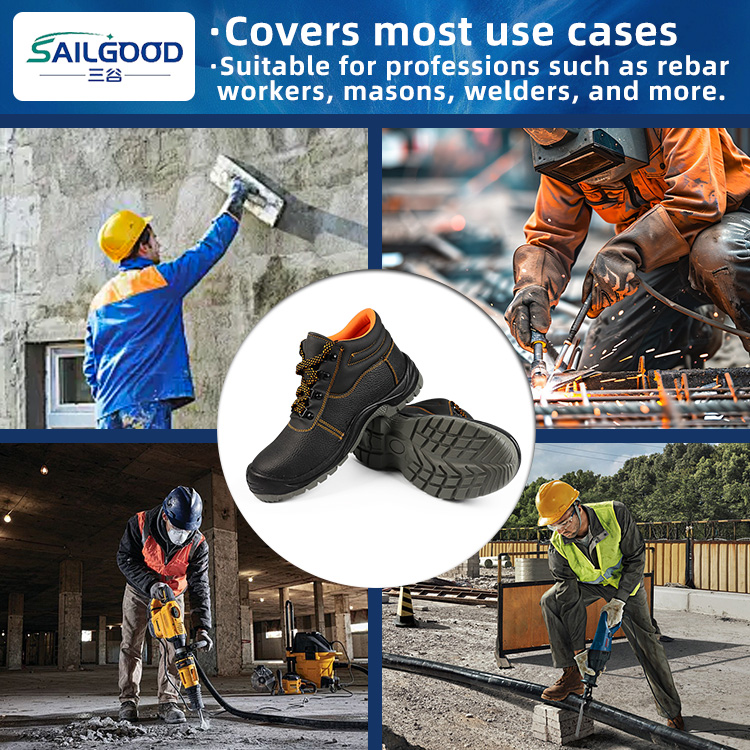Cut-Resistant Gloves Features and Safety Tips
Upload Time:
Sep 25, 2025
Cut-resistant gloves protect hands from cuts and abrasions in industrial environments. Learn their key features and essential safety guidelines.
Cut-resistant gloves are essential personal protective equipment (PPE) for workers handling sharp tools, metal sheets, glass, or other cutting hazards. These gloves are designed to reduce the risk of hand injuries while maintaining dexterity and comfort.
Key Features of Cut-Resistant Gloves
-
High-Strength Fibers: Gloves are often made from Kevlar, Dyneema, or stainless steel fibers to provide excellent cut resistance.
-
Durability: Designed to withstand repeated contact with sharp objects without tearing.
-
Comfort and Flexibility: Modern gloves balance protection with dexterity, allowing precise handling of tools and materials.
-
Grip Enhancement: Many gloves feature textured or coated surfaces to improve grip on slippery or sharp objects.
-
Compliance with Standards: Look for gloves meeting ANSI/ISEA or EN388 standards for reliable protection.
Safety Tips When Using Cut-Resistant Gloves
-
Choose the Right Level: Gloves come in different cut-resistance levels; select the appropriate one for your task.
-
Inspect Before Use: Check for holes, wear, or frayed fibers, which can compromise protection.
-
Proper Fit: Ensure gloves fit snugly; loose gloves reduce dexterity and increase accident risk.
-
Avoid Misuse: Do not use gloves for tasks beyond their resistance level or for high-temperature or chemical work.
-
Clean and Maintain: Follow manufacturer instructions for cleaning and storage to maintain protection.
-
Replace When Needed: Replace gloves immediately if damaged or worn out.
By following these cut-resistant gloves safety tips, workers can significantly reduce the risk of hand injuries in industrial, construction, or laboratory environments. Proper use and maintenance ensure both safety and performance.
Relevant News








